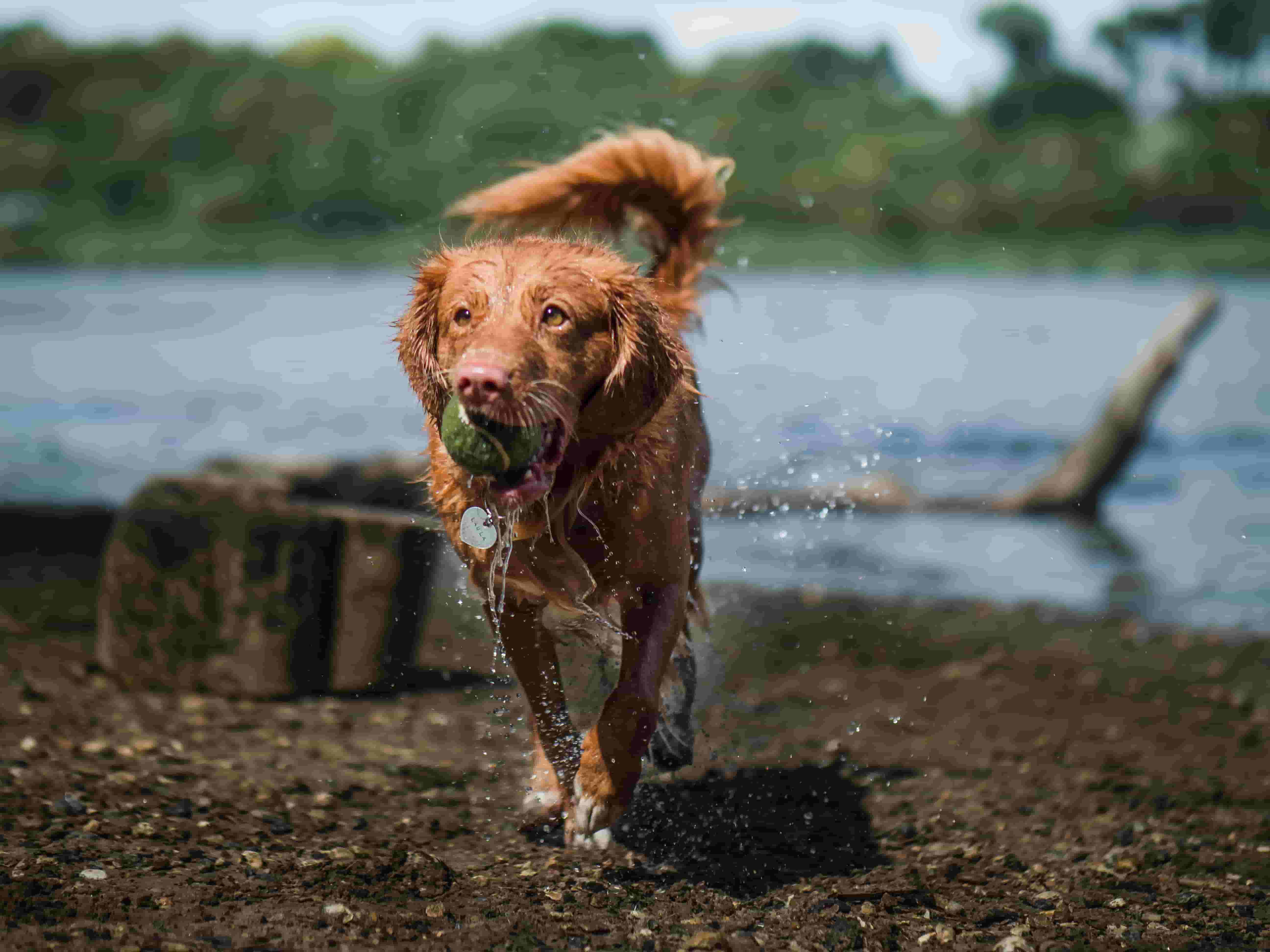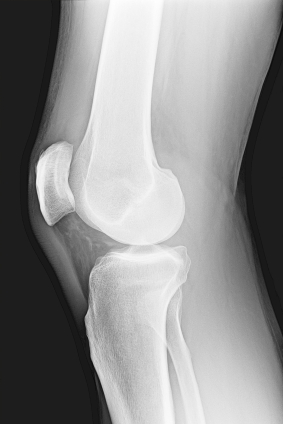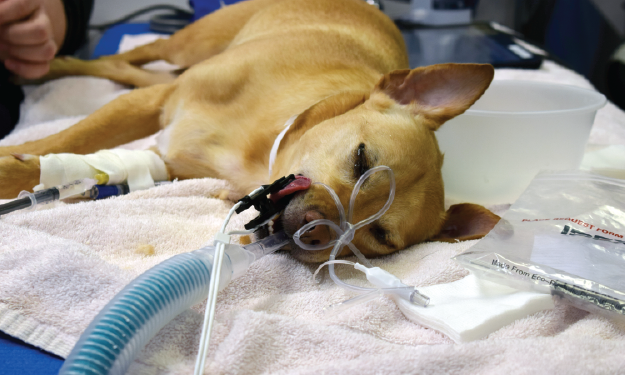

Rehabilitation is similar to physical therapy for people- they are trained in range of motion exercises, massage, stretching, hydrotherapy and laser therapy which can help build and maintain muscle as well as allow for more efficient healing. In some cases, your veterinarian may recommend referral to a rehabilitation service, but this is best done early in your dog’s recovery. If your dog goes for several days or weeks without putting weight on their leg, their muscles can become stiff and contract, making their recovery much more difficult. If your dog is not willing to put their leg down at all after the first 1-2 days at home, call your vet. Some dogs will begin walking on the affected leg almost immediately after surgery, whereas others may take 24-48 hours or more to start toe touching and/or placing some weight on the leg. After this, they will recommend a slow introduction of activity where you can take your dog on slow, controlled leash walks for the next couple of weeks at home. Usually, the veterinarian will recommend strict crate rest for the first 10-14 days for incision healing. Your vet will likely suggest no running, jumping, or stair-climbing for several weeks. When your dog comes home after their ACL surgery, restrict their activity according to your vet’s recommendations.
#Torn acl in dogs full#
The specific exercises that you’ll do to encourage a full range of motion (movement of the leg) may depend on your dog’s shape and size as well as the type of surgical procedure performed.

The goal is for your dog to quickly use their leg without further injury. Ask for a demonstration before you take your dog home.Īsk your vet about the limitations your dog may have for mobility in the first few weeks at home, and be careful not to push your dog beyond those limits. Help your dog perform these exercises as instructed by your vet or technician. Your vet will likely prescribe medications for pain and inflammation, suggest ice packing in the first 24-48 hours, and recommend exercises to encourage your dog to start walking on that leg. This is likely to include a short-term and long-term plan for a gradual return to activity.
#Torn acl in dogs how to#
Upon discharge, your vet will send home instructions on how to best help your dog. The degree of arthritis or inflammatory change in the joint Your dogs’ body weight and body condition score (particularly if they are overweight) How quickly your dog bounces back after surgery depends on many factors: Some dogs with more chronic CCL tears can take up to 6 months for recovery. The overall recovery time for this surgery will vary but can be anywhere between 4-6 weeks with slow introduction of activity onto the leg over 8-12 weeks in total. How Long Does Recovery for Dog ACL Surgery Take? Like a TPLO procedure, this dog knee surgery eliminates the need for the ACL altogether. Tibial Tuberosity Advancement (TTA)Ī TTA procedure also cuts your dog’s tibia bone, then uses titanium or steel plates and bone grafts to secure the new angle of the joint. This dog knee surgery changes your dog’s anatomy so that their body naturally supports and stabilizes the joint. In a TPLO procedure, your dog’s tibia is cut or “leveled,” then rotated. This dog knee surgery, which is common in smaller dogs, allows the joint to stabilize with new scar tissue. The lateral suture technique, or extracapsular repair, uses a strong suture to secure the joint, essentially creating a false ligament to replace the injured one. Lateral Suture Technique or Extracapsular Repair If your vet recommends surgery to repair your dog’s torn ACL, they will let you know which procedure is best for your dog, often through consultation with a board-certified veterinary surgeon.

Different types of dog ACL surgery can accomplish this. The goals for dog ACL surgery are to stabilize the knee joint, reduce pain and maximize chances for good mobility going forward. (In humans, the word to describe the front of a body part is “anterior,” hence the term ACL, or anterior cruciate ligament.) In this guide to recovery for dog ACL surgery, the terms ACL and CCL will be used interchangeably. In dogs, the CCL is attached to the cranial part-or front-of the knee. We call the same ligament in dogs a CCL (cranial cruciate ligament).

In humans, we know this as an ACL (anterior cruciate ligament). The cruciate ligament is one of the two bands that form an X shape to bind the femur (thigh bone) to the tibia (shin bone). Dog knee surgery will be required to fix the problem. This instability leads to pain and reduced mobility. If your dog tears or ruptures a cruciate ligament, their knee joint will become unstable.


 0 kommentar(er)
0 kommentar(er)
